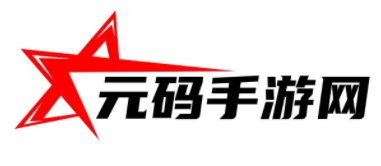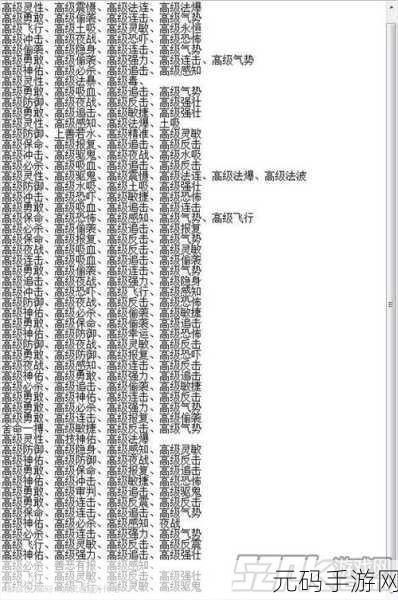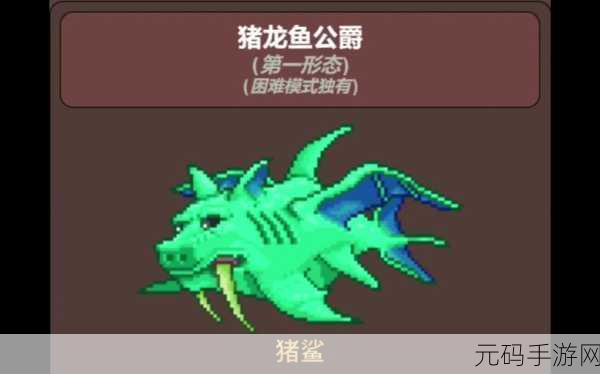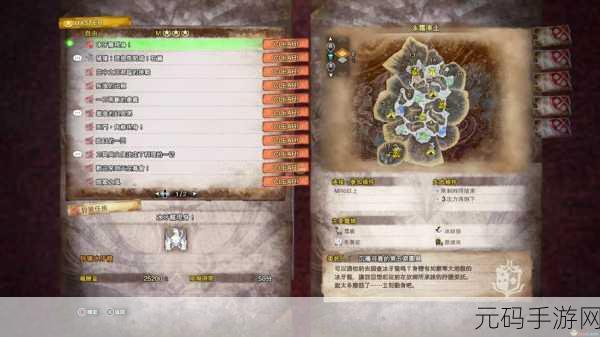欧洲尺码日本尺码特价商品:1. 欧洲尺码特价商品,提升你的时尚选择!
了解欧洲尺码与日本尺码的差异
购物时,尤其是购买服装和鞋子,常常会遇到不同地区使用的尺码系统。欧洲和日本在尺寸标注上存在显著差异,这可能导致消费者在选择特价商品时犯错。在这篇文章中,将深入剖析这些差异,并提供一些实用建议,以帮助读者更好地理解并挑选适合自己的产品。
欧洲尺码概述
欧洲国家普遍采用一种较为统一的尺码标准。这种体系通常以数字表示,如36、38、40等,其中每个数字对应于一系列身体测量数据。例如,一件标记为38号的女性外套,其胸围大约为86-89厘米,而男性则需要考虑肩宽及其他因素。对于鞋类而言,欧式鞋码一般从35开始,到50甚至更高不等,大多数品牌也会提供相应的脚长信息,以便消费者参考。
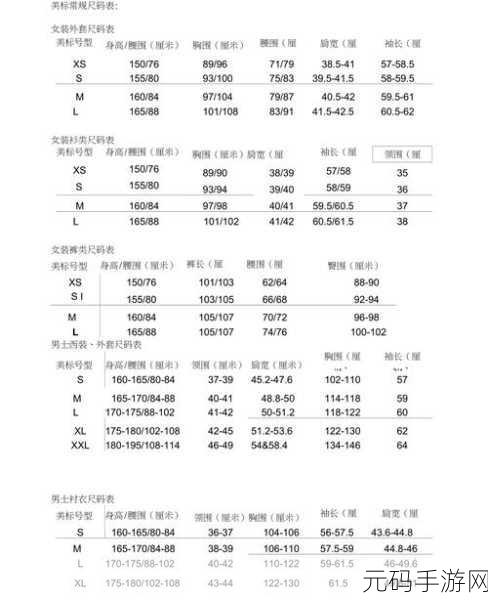
日本尺码特点
相比之下,日本有其独特的寸法制度。服装方面,多数情况下以S、M、L和XL等级别来区分,同时辅以前身丈、袖丈以及腰围等具体数据。而针对男士夹克或裤子的情况,则主要使用日制号码,例如7号至15号。此外,日本人普遍对细节把控十分严谨,因此在做工与材料质感上往往体现出高水准。
如何转化两者之间的尺码
Aiming for a perfect fit, consumers must learn how to convert sizes between European and Japanese systems. For clothing, as a general guideline: Europe size 34 is approximately equivalent to Japan size S; 36 translates roughly to M; while 38 may correspond with L. This conversion can vary by brand or style so cross-referencing specific sizing charts from manufacturers remains crucial.
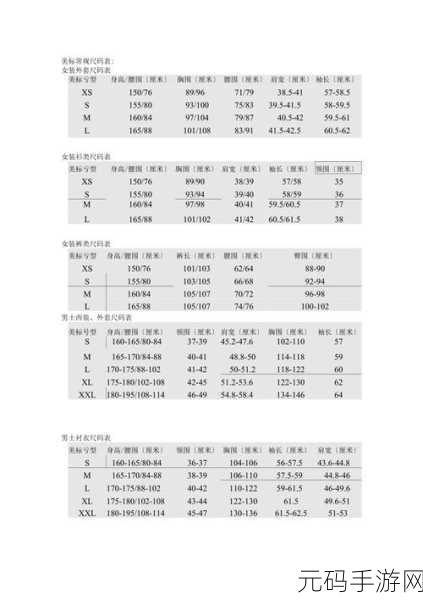
小心特别折扣商品中的隐患
Purchasing items on sale provides an opportunity for savings but also presents potential pitfalls related to sizing. Often,在打折季节,有些商家为了促销推出限量版或清仓款式,这些商品未必符合正常规格。因此,通过前置调查确保所购产品能够契合个人穿着习惯非常重要。此外,对于退换货政策要详细了解,避免因尺寸问题造成的不必要麻烦。
试衣的重要性及在线购物策略
If possible, always try clothes in-store before making a purchase decision. However, if shopping online becomes the preferred option due to convenience or availability of discounts, take accurate body measurements beforehand using measuring tape and compare them against the provided size chart accurately detailed by sellers.
The significance of customer reviews cannot be overstated when navigating through various online platforms offering discounted products either!
User-generated feedback often shares insights regarding actual fits compared with listed dimensions—providing valuable information that might not appear within official product descriptions alone.
热门话题: